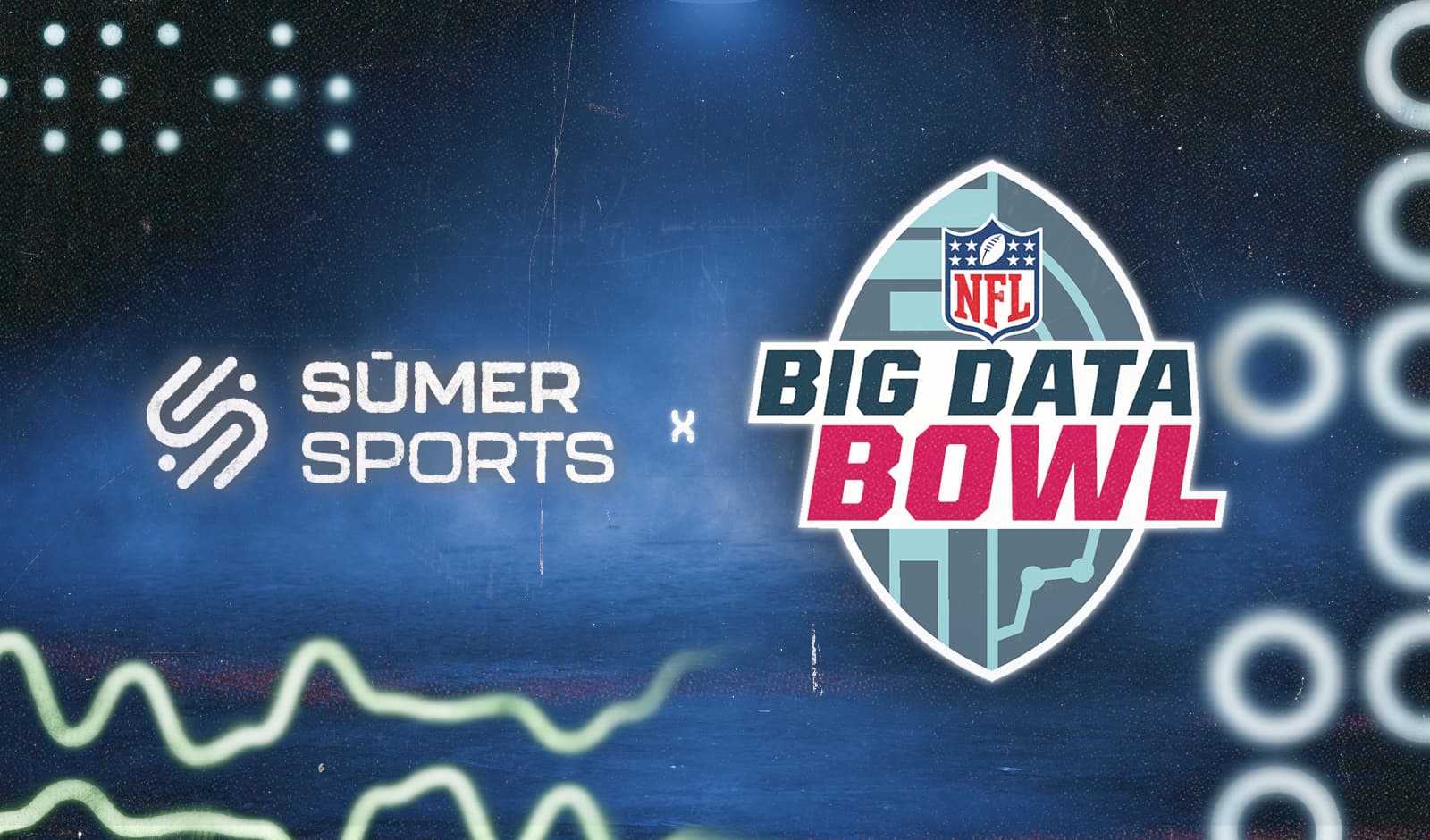For the first half of the season, I will be bringing you The Thursday Three. This article will cover three schematic points as related to the NFL; the three points may connect to a game plan, specific concepts, or something else interesting across the league.
To this point, I have written about Miami's motion adjustment, the Crunch run concept, the differences between Cover 6 and Cover 8, the coverage concepts Zeus and Ring, the run concepts Counter Solid and Duo Kick, Cover 2 Invert, Lookie Jaguar, the Wipe tag to Outside Zone, the shot play Hiccup, the play action shot play Heat, Counter Bash, Truck toss, Choice Stucko, Counter Bluff Reverse, and a constraint play off Outside Zone.
This week I am covering Blazer, Slug, and a wrinkle off Flood.
Blazer

Blazer is a play action pass in the High Cross series with two main routes: the Blazer route and the High Cross.

The Blazer route has the receiver start in a condensed look and push towards the numbers to widen the defensive back's position and threaten the defender deep and outside. The receiver will then attempt to get up the field and inside of the defensive back. The route can look like a Post but does not have as extreme of an angled break to it.
The route to the opposite side of the field is a High Cross route.

The High Cross stresses the defense by forcing a choice: chase the route with a single player, have it cut off by another player, or communicate through multiple players to figure out how to deal with it. Some teams may even send a back side defender to go meet the High Cross at its peak. The High Cross series benefits from a team being in a single high look as it is meant to conflict the middle of the field safety while stressing the cornerbacks.
Though one way to look at the progression for the quarterback could be Blazer to High Cross to check down (some teams may teach the progression more based on how the safety responds), the Blazer route is rarely thrown.
Here is C.J. Stroud hitting the Blazer route to the bottom of the screen. Note how the receiver stems towards the numbers to create the inside room for the route.
In the below clip from Week 6, the Buccaneers hit the High Cross route as the cornerback passed off the route to the safety, but there is still enough space for the throw and catch.
Here is an example where the defense does a nice job defending the concept. Note how the safety rolling into the box ends up taking the High Cross from the opposite side of the formation.
Nickel Slug

Slug is a Vic Fangio nickel personnel defensive call that has three main components. First, the nickel defensive back (Ni above) will be blitzing and a safety will rotate down to replace them. Second, the defensive end to the opposite side of the nickel will be dropping into pass coverage. Third, the defensive coverage will be Cover 3.
Slug is a safe pressure that allows the defense to have 7 players in coverage while only rushing 4. Since those 4 rushers are not the traditional 4 down linemen, it can lead to a free runner, a matchup where the nickel is 1 on 1 with the running back in an advantageous situation, or general disruption for the pass protection.
In the below clip from the Dolphins in Week 6, take note of how well the nickel and down safety hide their intentions. They trigger once the ball is snapped and the running back is put in tough position to pick up the pressure. This almost leads to a huge play for the defense:
Though Slug is a safe pressure, the same plays that beat Cover 3 (and the matching variations Fangio is known for) can still find success against it:
Detroit's Flood Concept Wrinkle

Flood pass concepts use three routes to one side of the field at three different levels. The vertical stretch (right most route above) threatens the defense deep. The shallow stretch into the flat holds defenders underneath and opens up room for the target route (here the route from the second right-most receiver) in the intermediate area of the field. Zone defenses that only have two levels of coverage are forced to make a choice when three receivers overload a side of the field.
Flood concepts do not have to be run from only three receiver sets. Here is an example where the Flood is created to the bottom of the screen between the running back and two condensed receivers.
Note how the running back in the flat occupies the low defender, the deepest route occupies the cornerback, and the intermediate route is wide open:
In Week 6, the Lions ran Flood from a bunch set. Because of the defense’s rotation, the vertical route ended up being 1 on 1 in space where Jameson Williams was running away from the safety’s leverage.
Here is a breakdown of the clip:




.jpg&w=3840&q=75)